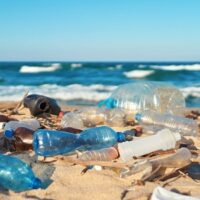Ocean Roundup: Tiny Clownfish Can Swim for 250 Miles, Sydney Harbor May Turn Tropical, and More
– Tiny larvae clownfish are capable of traveling vast distances—up to 250 miles in search of a new coral home, according to a recent study. Researchers say that this will help the species deal with climate change. The Guardian – A new study found that increasing ocean temperatures could expand ranges for both native and … Read more



